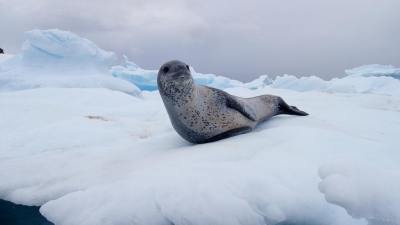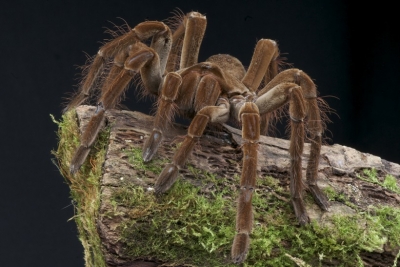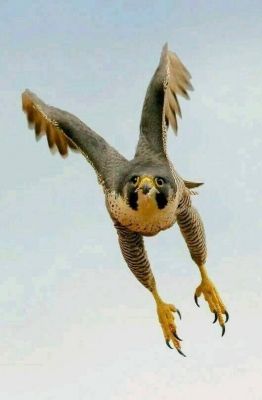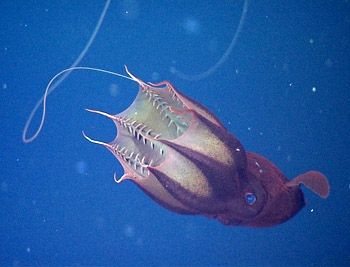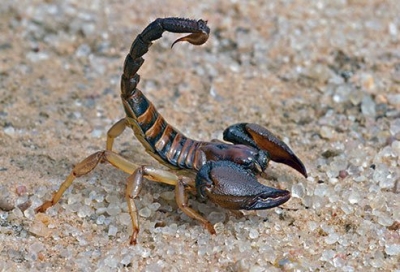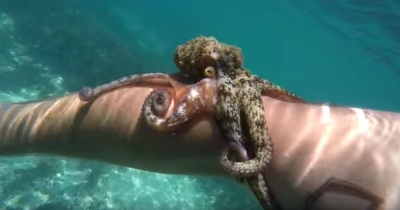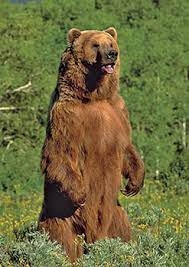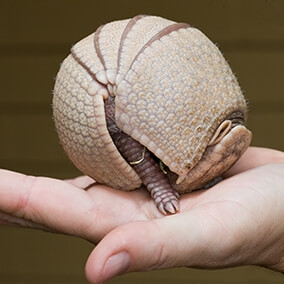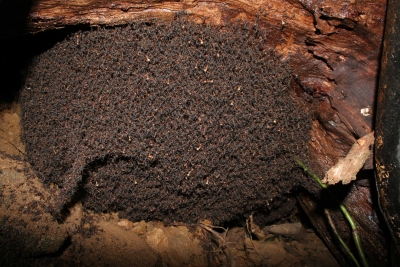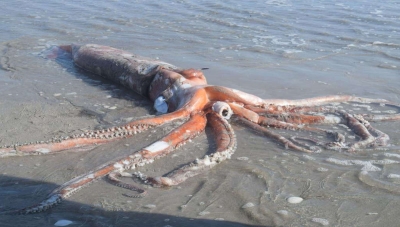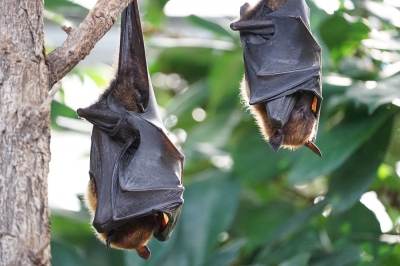Can a stingray sting you after its dead?
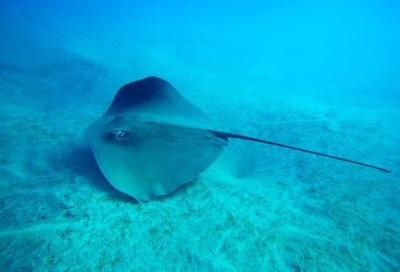
It's possible to die from a wound inflicted by a dead stingray, but it's also highly unlikely. The movement of the tail is what brings the barbed spine to an erect position and causes the venomous barbs to tear through the integumentary sheath. In other words, there is no muscle controlling the spine or barbs; they become a threat as the result of the tail's movement, somewhat like the motion of a folding knife springing from its cradle with a flick of the wrist.
This means that a dead stingray shouldn't be able to create the laceration needed to envenomate a person -- unless it died while in a defensive stance. If the spine was erect and ready for destruction, but hadn't met its mark when the stingray died, then it would still present a threat if someone handling the dead stingray punctured his or her skin with the spine.
Stingray venom is serious stuff. In large enough doses, it can affect the heart's electrical functioning and either dilates or constricts blood vessels. The venom won't make it to the heart in most cases; it will usually hang around the wound site, causing tissue necrosis, or cellular death. There is some relief available for the pain: Soaking the wound in very hot water has been shown to soothe the ache created by stingray venom. Bacterial infections are also common, so you may need to take some antibiotics in the event of stingray sting. It's also highly recommended that anyone suffering a sting from a stingray seek medical attention. Stingray venom persists without medical intervention; the damage it causes to the soft tissue doesn't go away on its own.
Picture Credit : Google
